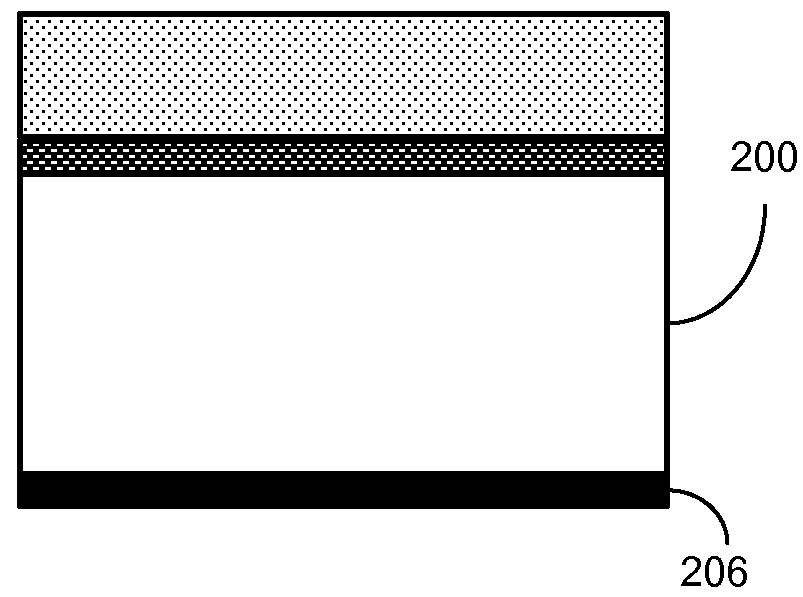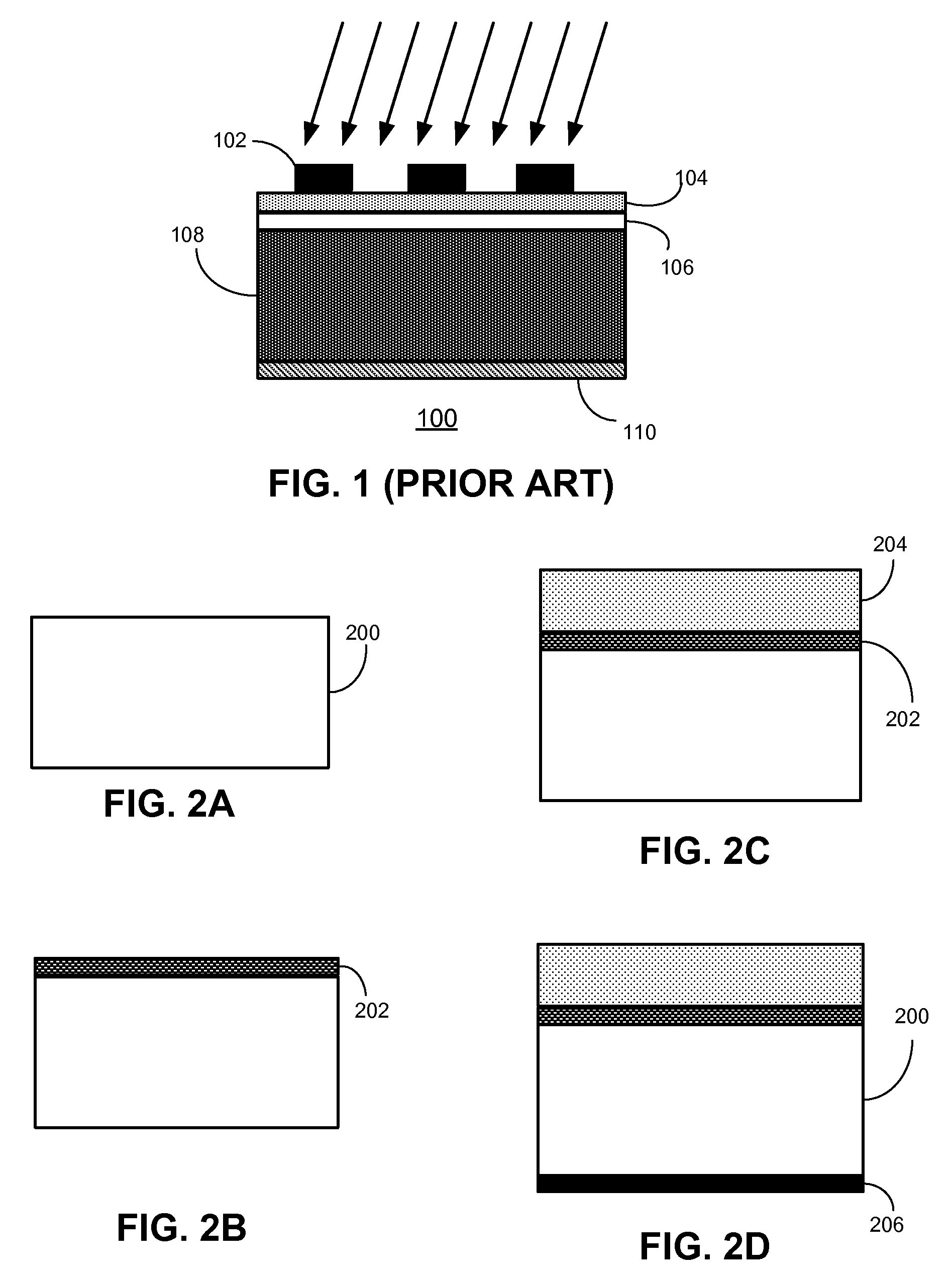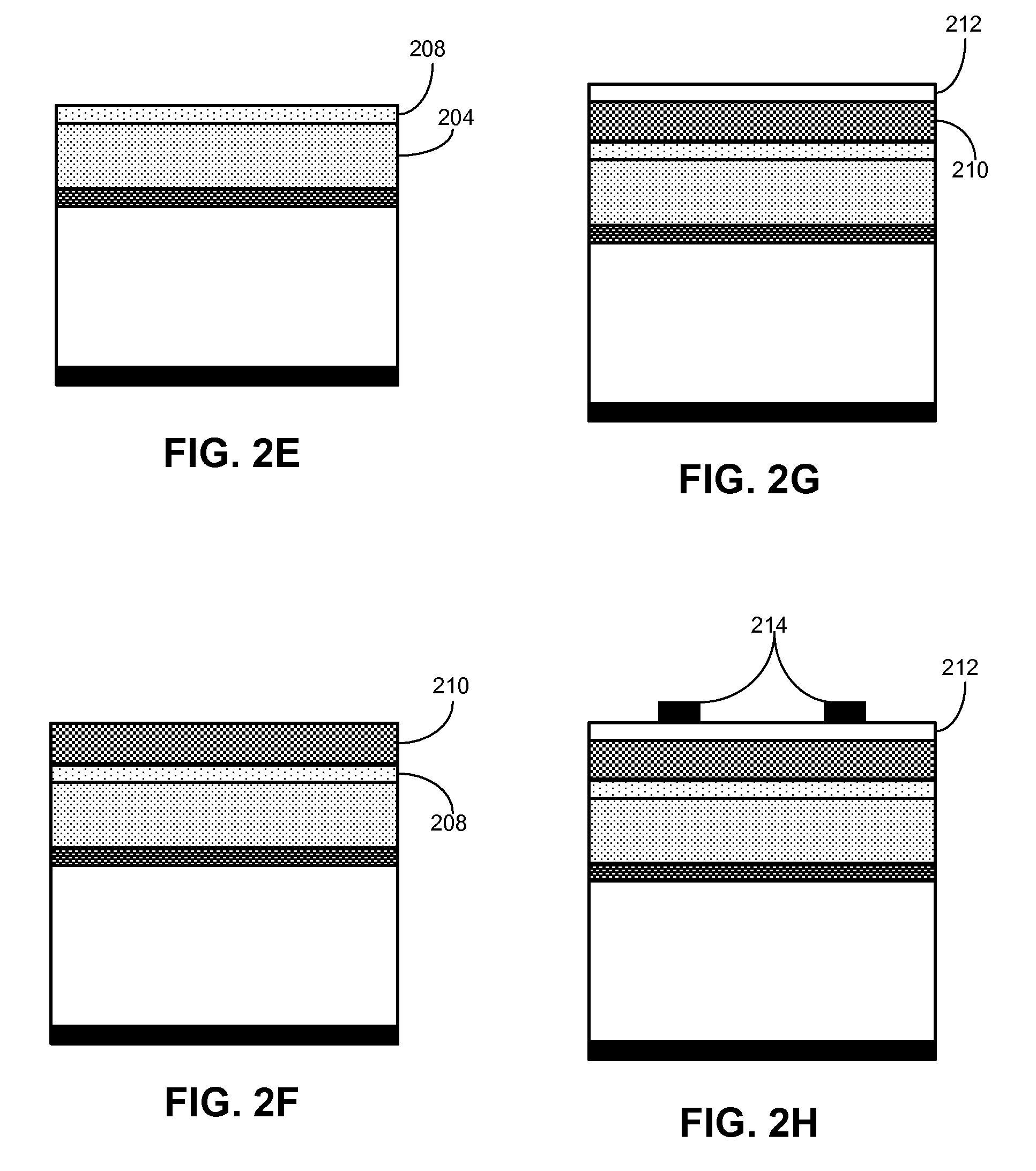Heterojunction solar cell based on epitaxial crystalline-silicon thin film on metallurgical silicon substrate design
a technology of metallurgical silicon and solar cells, applied in the field of solar cells, can solve the problems of reducing the absorption of short wavelength light, reducing the efficiency of solar cells, and requiring cleaner, cheaper alternative energy sources
- Summary
- Abstract
- Description
- Claims
- Application Information
AI Technical Summary
Problems solved by technology
Method used
Image
Examples
Embodiment Construction
[0021]The following description is presented to enable any person skilled in the art to make and use the embodiments, and is provided in the context of a particular application and its requirements. Various modifications to the disclosed embodiments will be readily apparent to those skilled in the art, and the general principles defined herein may be applied to other embodiments and applications without departing from the spirit and scope of the present disclosure. Thus, the present invention is not limited to the embodiments shown, but is to be accorded the widest scope consistent with the principles and features disclosed herein.
Overview
[0022]Embodiments of the present invention provide a SHJ solar cell fabricated by epitaxially depositing a crystalline-Si thin film on a MG-Si substrate. A thin layer of heavily doped crystalline-Si is deposited on the surface of the MG-Si substrate forming a back-surface-field (BSF) layer, and a thin layer of lightly doped crystalline-Si is deposi...
PUM
 Login to View More
Login to View More Abstract
Description
Claims
Application Information
 Login to View More
Login to View More - R&D
- Intellectual Property
- Life Sciences
- Materials
- Tech Scout
- Unparalleled Data Quality
- Higher Quality Content
- 60% Fewer Hallucinations
Browse by: Latest US Patents, China's latest patents, Technical Efficacy Thesaurus, Application Domain, Technology Topic, Popular Technical Reports.
© 2025 PatSnap. All rights reserved.Legal|Privacy policy|Modern Slavery Act Transparency Statement|Sitemap|About US| Contact US: help@patsnap.com



